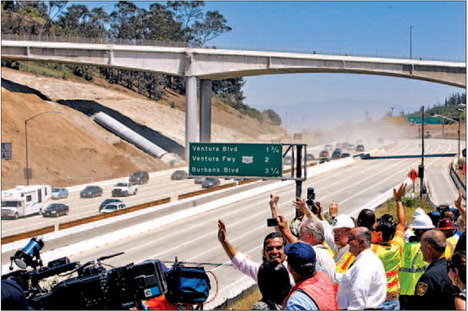(p. 12) In a classic psychology experiment, people for and against the death penalty were asked to evaluate the different research designs of two studies of its deterrent effect on crime. One study showed that the death penalty was an effective deterrent; the other showed that it was not. Which of the two research designs the participants deemed the most scientifically valid depended mostly on whether the study supported their views on the death penalty.
In the laboratory, this is labeled confirmation bias; observed in the real world, it’s known as pigheadedness.
Scientists are not immune. In another experiment, psychologists were asked to review a paper submitted for journal publication in their field. They rated the paper’s methodology, data presentation and scientific contribution significantly more favorably when the paper happened to offer results consistent with their own theoretical stance. Identical research methods prompted a very different response in those whose scientific opinion was challenged.
For the full commentary, see:
CORDELIA FINE. “GRAY MATTER; Biased but Brilliant.” The New York Times, SundayReview Section (Sun., July 31, 2011): 12.
(Note: the online version of the article is dated July 30, 2011.)



